How to Get the Most Out of Your Discovery Phase
They say you shouldn’t run before you can walk. There’s not much cardio involved in software design, but you shouldn’t start developing until you have the foundation down first. Design thinking works best when it runs an in depth discovery phase that delves into the ‘who, what, where, and why’ of software.
Your current approach to capturing software requirements is probably not enough. If you want high adoption rates and software that aligns technology and business strategies on a budget, you need to dig deeper.
Why Does Discovery Matter?
The findings (or deliverables) of the discovery phase of User Experience (UX) research will inform everything you do throughout the user-centered design lifecycle. It fits into the wider set of contextual inquiries that innovation teams need to follow to maximize results without dramatically overspending.
These inquiries should start with the following steps:
Corporate strategy defines projects.
Innovation teams discover what is needed from technology to make projects a reality.
Designers create software from the insights they gain during discovery.
Usability testing ensures that technology unlocks the performance increase or financial return that projects aim for.
This circular approach to software design minimizes the need for expensive late-stage changes while bringing project goals, user needs, and software functionalities into step.
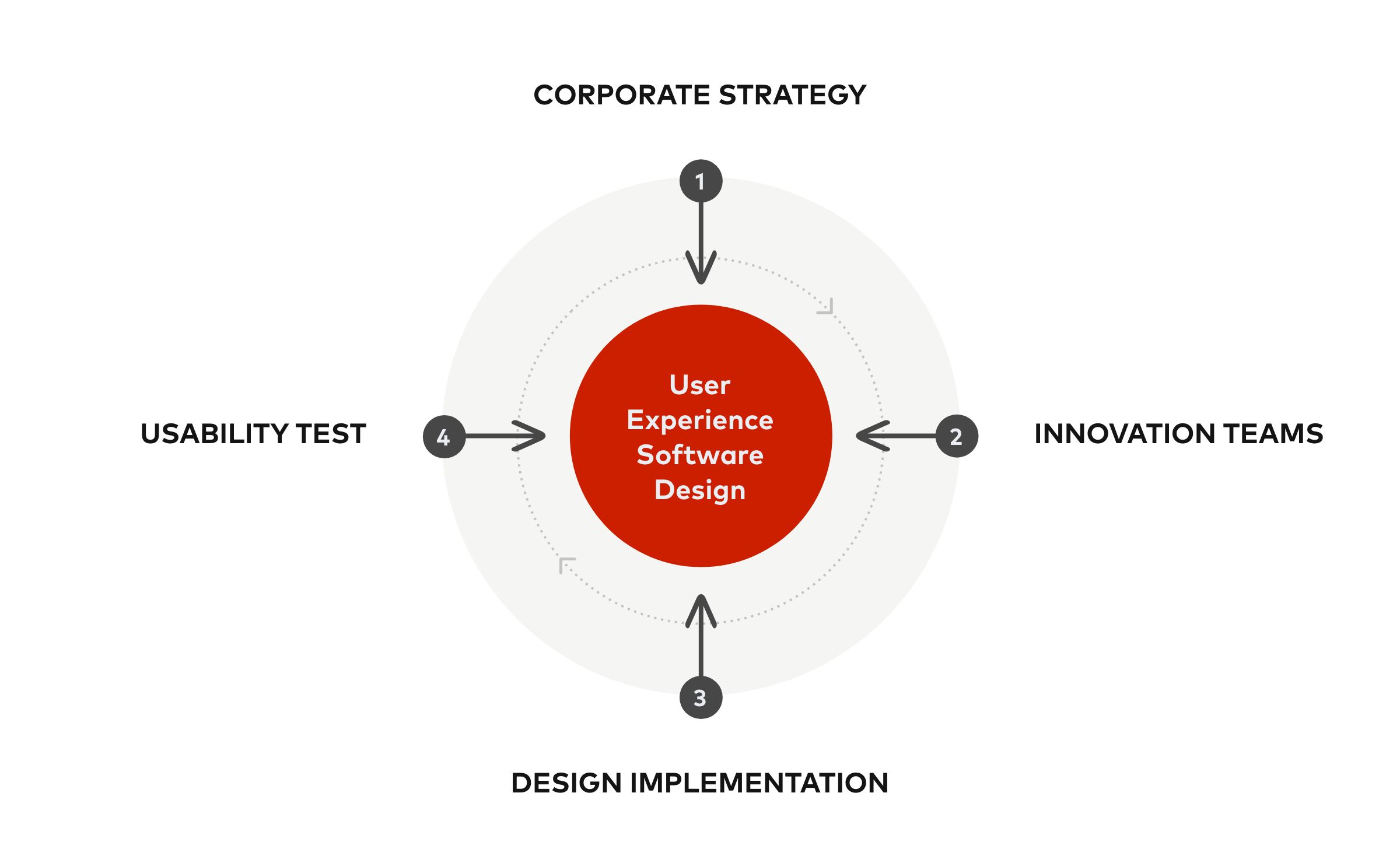
These inquiries should start with the following steps:
Corporate strategy defines projects.
Innovation teams discover what is needed from technology to make projects a reality.
Designers create software from the insights they gain during discovery.
Usability testing ensures that technology unlocks the performance increase or financial return that projects aim for.
This circular approach to software design minimizes the need for expensive late-stage changes while bringing project goals, user needs, and software functionalities into step.
Essential Deliverables
User-centered design improves rates of adoption and ensures that a product does what it needs to do. The discovery phase should give you very specific deliverables that, when acted upon, take you closer to achieving set goals.
A recent Daito project to overhaul a client’s time tracking system serves as a great example of why these areas of research are important. The essential discovery deliverables for that project (and for any other) include:
Personas
Users should be at the center of software design, but they aren’t all the same. It’s important to uncover the roles and needs of different user personas during the discovery phase. This information can then be used to create the right features and permissions needed for users with different positions to do their jobs.
In our time tracking example, managers needed to have access to certain functionalities, junior employees to their own functions, and different functions still were required for vendors. This distinction informed the views and permissions that needed to be built into the software.
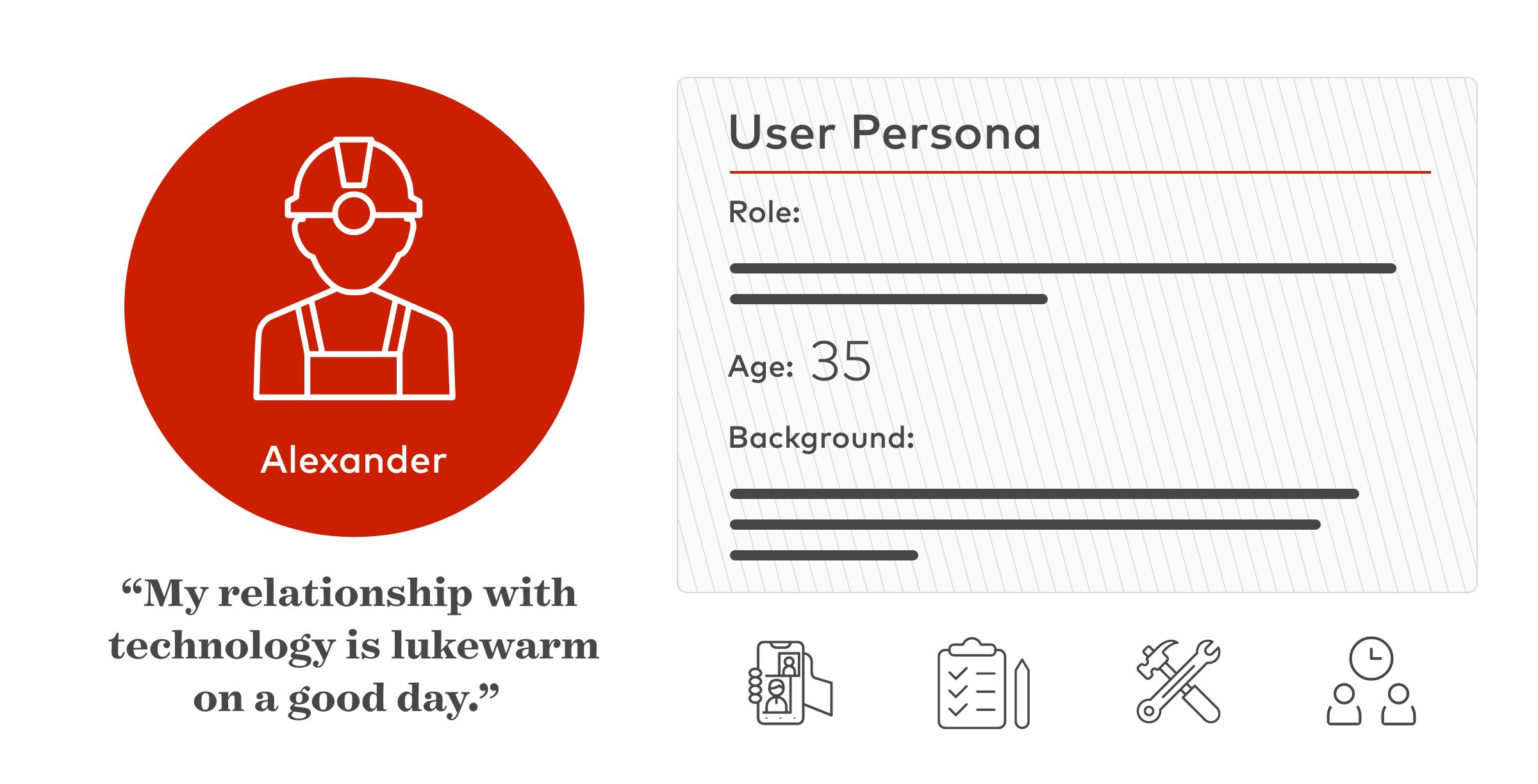
Goal-Oriented Task Flows
Once you know which users a particular piece of software will serve, you need to figure out what they’re trying to achieve. Knowing the specific actions they take will help you to deliver the best experience that allows them to get their job done efficiently and easily.
For our client, we found that the time employees were logging was consistent and relatively predictable based on the projects they were working on. Identifying this meant we could simplify and prefill their worksheets, making time tracking a faster and more convenient exercise.

Work Environments
Software can have all the right functionalities and still not work in the field. This is because designers often lack a full image of the physical environments in which their products are used. Pictures of employees’ working environments can help designers to develop and implement the smoothest and most convenient ways of hitting targets within existing workflows.
An application might work perfectly but field engineers may find the iPad it’s installed on cumbersome. Simply designing the app to work on a smartwatch could significantly improve its utility and secure adoption.
In some cases, something as minor as changing an app’s color scheme could be a major improvement for users. These are factors that designers may not be able to identify without a visual depiction of the environments where their products will be used.
This connects with the procedural elements of design thinking, too, since designers need to know the actual scenarios in which work gets done. Documenting these scenarios is important because they need to be replicated in usability tests to ensure that solutions work in the real world.
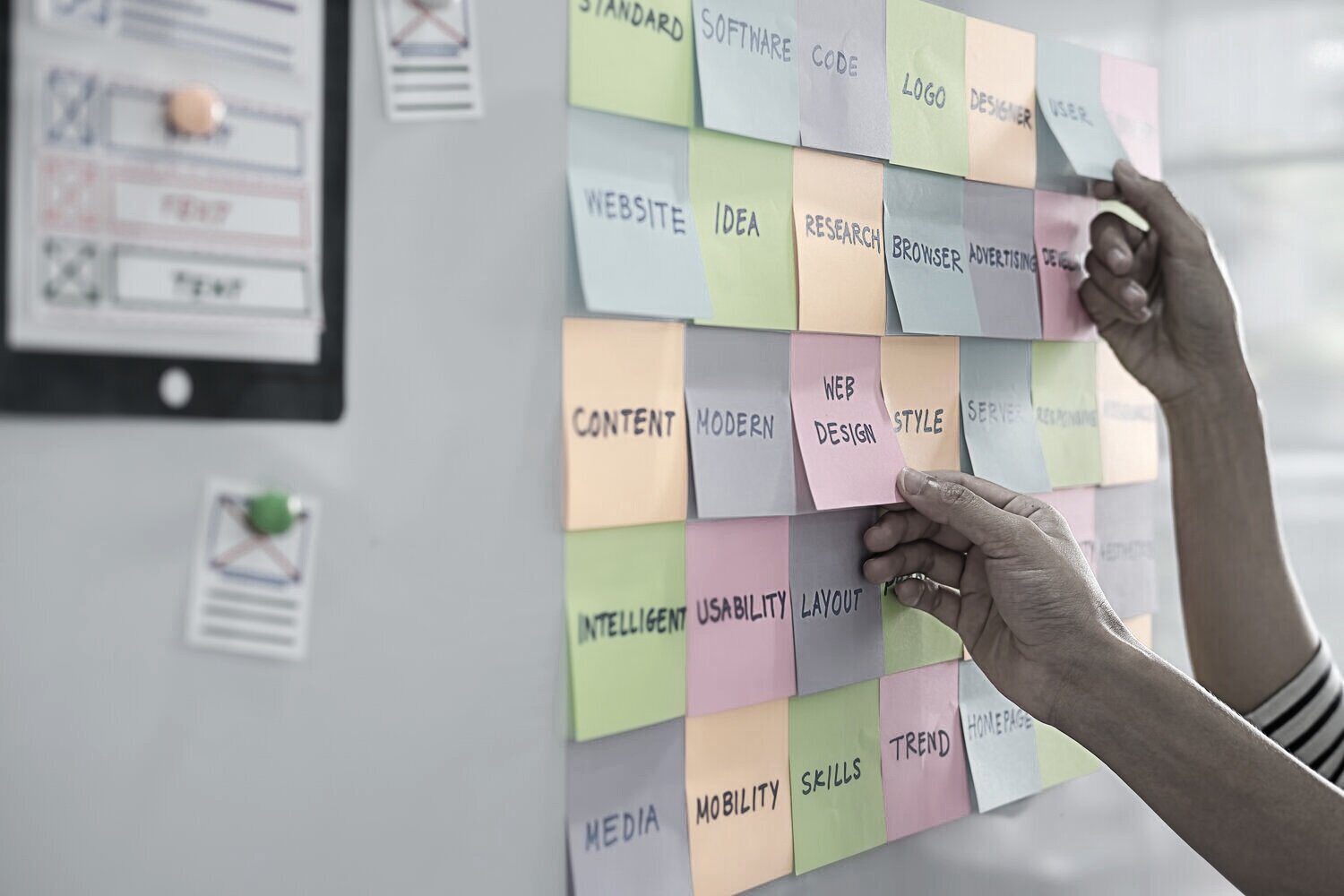
Attitudes to Work
It’s often impossible to avoid some resistance to change, but you can get ahead of it by scoping out user attitudes to their work. Seeing an existing solution in action by a user will enable you to establish a baseline of usability, efficiency, and other key metrics.
Digital transformation projects fail when designers and innovation teams don’t involve end-users at an early stage. Seeing how they interact with existing solutions and gathering their thoughts on early prototypes provides a foundation from which to build upon.
It’s not necessarily all about the traditional change management stuff. It’s really about changing mindsets.
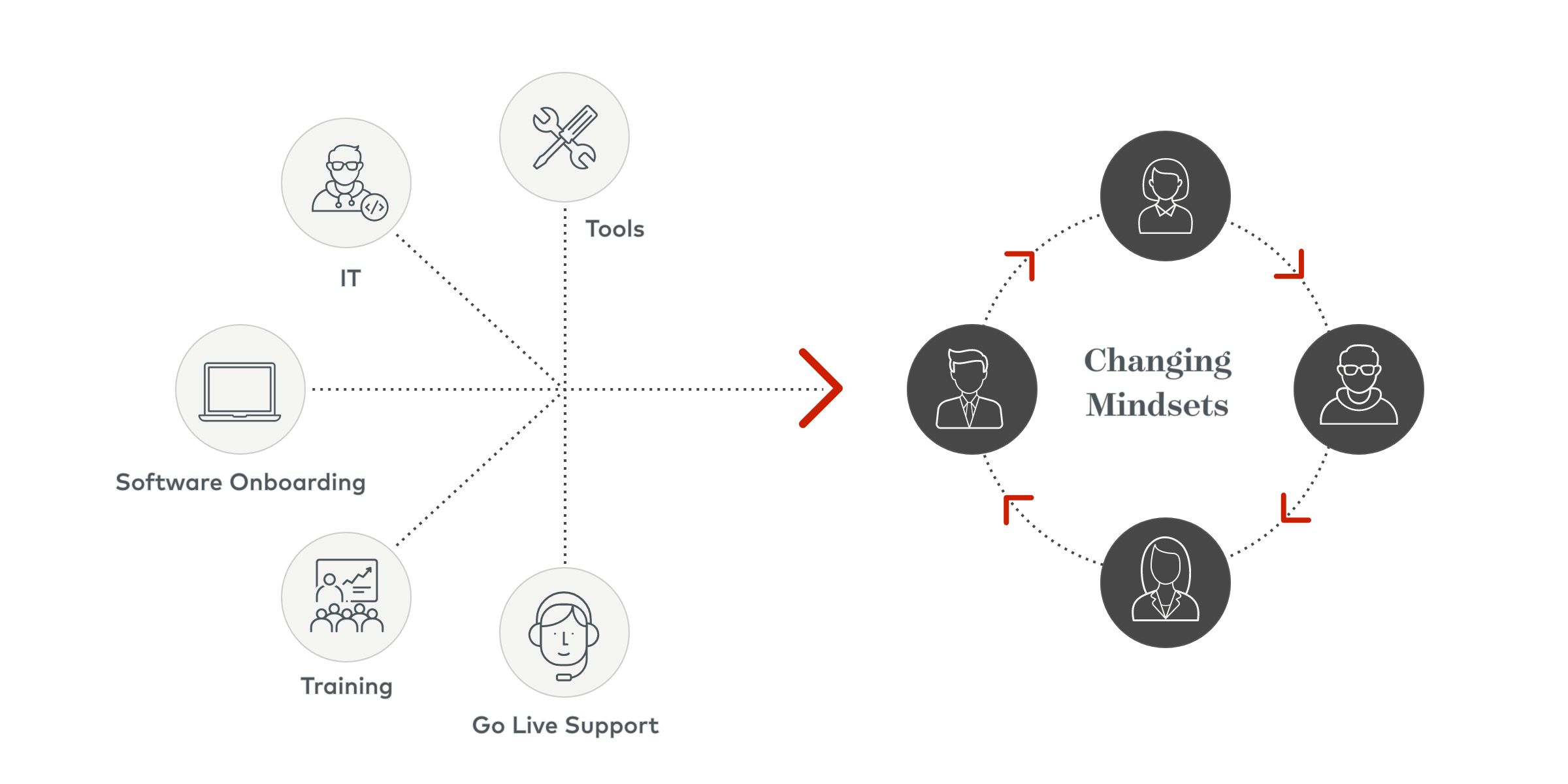
A Better Way to Design Software
The design thinking process is an effective way to take a project from research all the way through to rollout. A comprehensive approach to the discovery phase will help you to achieve the greatest returns and avoid costly mistakes.
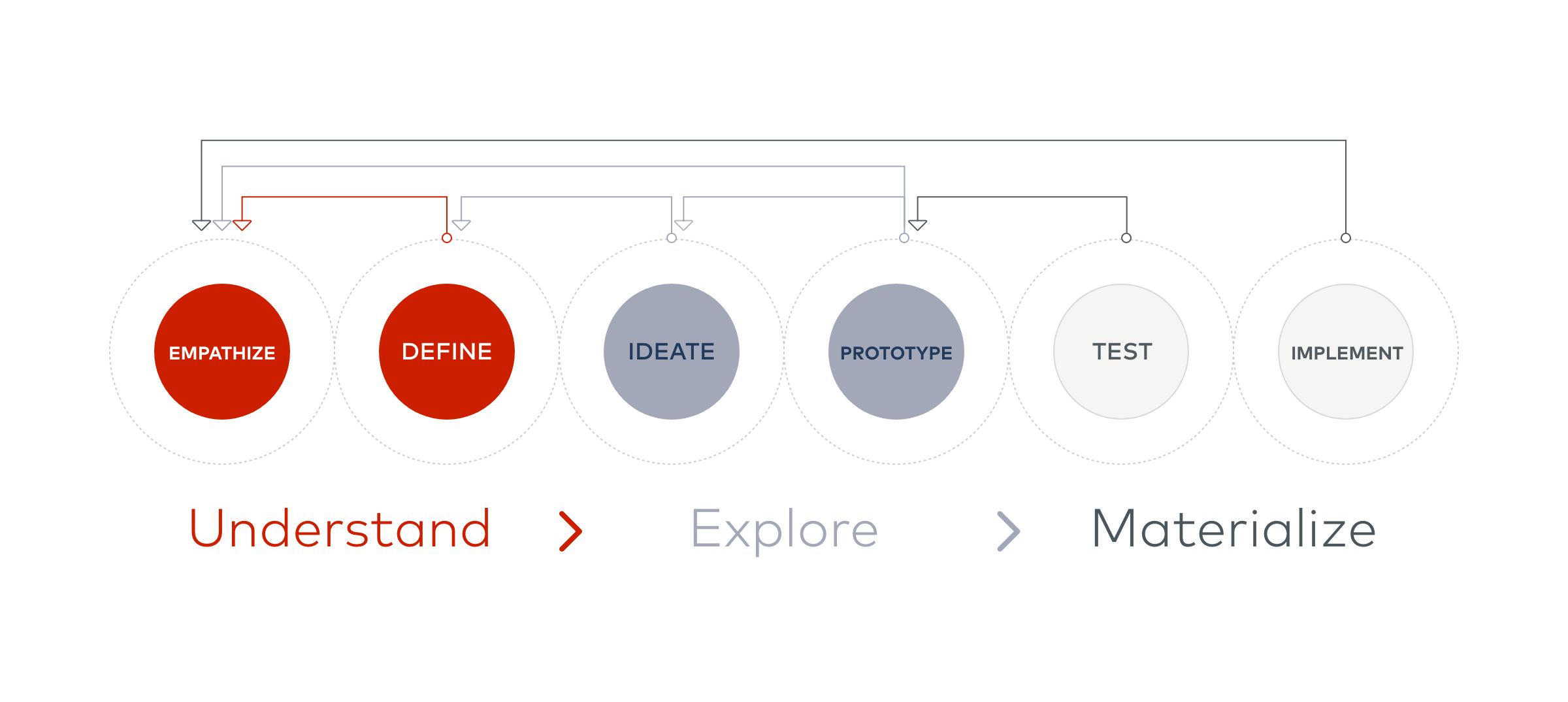
Applying years of experience, Daito helps clients to look beneath the surface and gather the insights they need to design software that gets results. With the right data and a practical understanding of users’ needs, we slot the design jigsaw together and bring visions to life.

